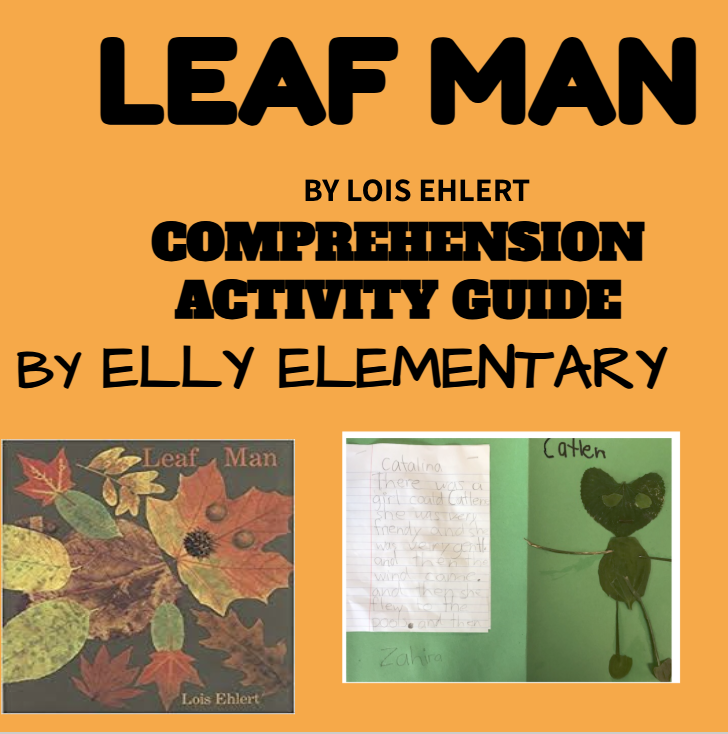The Joy of Fall
Why Children Love Collecting Leaves, Playing with Sticks, and Exploring Outdoors
Autumn is one of the most enchanting seasons for children. As the air turns crisp and the trees transform into a canvas of reds, oranges, and yellows, children are drawn outdoors with a natural curiosity and sense of wonder. Piles of fallen leaves, scattered acorns, winding sticks, and the earthy scent of fall create the perfect environment for exploration. Children don’t need elaborate toys or gadgets to enjoy this season—nature provides everything they need. Collecting leaves, playing with sticks, and simply exploring the outdoors during fall taps into their creativity, supports their development, and connects them with the natural world in ways that last a lifetime.
The Magic of Leaves
Leaves are at the heart of children’s fascination with fall. When they scatter across the ground in brilliant colors, they become more than just part of a tree—they are treasures waiting to be discovered.
Children love to collect leaves for many reasons. Each leaf is unique in size, shape, and shade, making them perfect for comparing, sorting, and admiring. For young learners, this collection becomes a hands-on lesson in science, observation, and classification. They notice how some leaves are smooth while others are jagged, or how one maple leaf is larger than the next. By touching, examining, and saving their “finds,” they are unconsciously practicing early scientific thinking.
But leaves also have a playful side. Few experiences are as universally loved as jumping into a big pile of leaves. The sound, the sensation, and the sheer joy of diving into something so soft and crunchy is irresistible. Leaf piles are also an open invitation to play games, from hide-and-seek to creating leaf forts. Children instinctively understand that a pile of leaves isn’t just debris—it’s raw material for adventure.
Leaves also inspire creativity beyond play. Children often press leaves into books, make leaf rubbings with crayons, or glue them into collages. These activities not only preserve the beauty of autumn but also provide a tactile way for kids to express themselves artistically. The simple act of collecting a colorful leaf can spark a craft project, a science question, or even a story in a child’s imagination.
The Endless Possibilities of Sticks
If leaves are treasures, then sticks are tools. Sticks are one of the most versatile “toys” nature provides, and children seem to instinctively understand their potential.
A stick can be anything a child wants it to be: a magic wand, a sword, a fishing pole, or even a walking staff. This imaginative play allows children to create entire worlds out of something as simple as a fallen branch. Sticks encourage role-playing and storytelling, activities that help develop language, creativity, and problem-solving skills.
For children who enjoy building, sticks are perfect construction materials. Whether it’s making a fort, outlining a pretend house, or arranging them into patterns, sticks allow kids to experiment with engineering and design. This type of play gives them a sense of accomplishment and builds spatial awareness.
Sticks also connect children to nature in a very physical way. They use them to poke at the ground, dig in the dirt, or stir puddles. These actions may look small, but they represent important explorations of cause and effect. Every poke, stir, or scrape helps children test their environment and learn about how the world works.
Exploring the Outdoors in Fall
Beyond leaves and sticks, fall itself is an irresistible season for exploration. The sensory experiences of autumn are unlike any other time of year. The crisp crunch of leaves underfoot, the earthy smell of soil and wood, the chilly breeze, and the warmth of sunlight through thinning branches all invite children to use their senses in new ways.

Children love the adventure of exploring outdoor spaces in fall. Trails become treasure hunts, with acorns, pinecones, and feathers waiting to be discovered. Even the smallest detail, like spotting a squirrel gathering food or noticing how frost decorates the grass, is a moment of wonder. This type of exploration fosters mindfulness—children live fully in the moment as they observe, touch, and listen to the world around them.
Exploring outdoors in the fall also encourages independence. When children roam a park, forest, or even a backyard, they feel a sense of freedom. They test boundaries, climb trees, and wander paths, all while developing confidence and resilience. Exploration nurtures curiosity, teaching children to ask questions: Why do leaves change color? Why do animals gather food? Why is the air colder? Each outing becomes a science lesson disguised as play.
Developmental Benefits of Fall Play
While children see fall leaves and sticks as opportunities for fun, parents and educators recognize the many developmental benefits hidden in these activities.
- Physical Development – Running, jumping into leaves, climbing with sticks, and walking outdoors build gross motor skills. Picking up leaves, sorting them, and creating crafts strengthen fine motor control.
- Cognitive Growth – Classifying leaves, experimenting with sticks, and exploring nature promote problem-solving, observation, and critical thinking. Children are naturally curious, and fall gives them countless opportunities to test ideas and make discoveries.
- Emotional Well-being – Nature play reduces stress, improves mood, and increases focus. The simple joy of crunching leaves or finding the “perfect” stick gives children a sense of accomplishment and happiness.
- Social Skills – Leaf piles and stick forts are rarely enjoyed alone. Fall play encourages cooperation, negotiation, and teamwork. Children learn to share ideas, take turns, and work together toward creative goals.

The Lasting Value of Seasonal Play
The experiences children have in fall are more than fleeting moments of fun—they create lasting memories. Adults often recall childhood autumns filled with the smell of burning leaves, the sound of crunching footsteps, and the joy of collecting treasures from the ground. These memories tie us to the rhythms of nature and remind us of the simple pleasures of life.
For today’s children, who often spend more time indoors with technology, playing outside in fall is even more important. It gives them the chance to unplug, slow down, and connect with the natural world. Collecting leaves or wielding a stick may seem like small acts, but they are profound opportunities for growth, joy, and imagination.
Fun Fall Activities with Leaves and Sticks
One of the best parts of autumn is that children can turn their natural discoveries into creative projects and games. A simple walk outdoors can lead to a leaf-collecting adventure, where kids gather different colors, shapes, and sizes to make a fall scrapbook or create leaf rubbings with crayons. Leaves can also be pressed between book pages to preserve them, later used in collages, wreaths, or homemade bookmarks. Outdoors, children can rake leaves into piles to jump in, build leaf “mazes” to run through, or even create leaf crowns and pretend costumes. These activities blend art, science, and play into one unforgettable experience.
Sticks open the door to imaginative and cooperative play. Children can use them to build forts, fairy houses, or even simple shelters in the backyard or at a park. Sticks also make excellent tools for drawing designs in the dirt, stirring mud pies, or setting up a pretend “campfire.” Teachers or parents can guide group activities such as using sticks to outline shapes, letters, or numbers on the ground—turning natural objects into learning tools. Pairing sticks and leaves together expands the possibilities even further: kids might design a miniature “forest village,” create stick-and-leaf art sculptures, or act out stories inspired by the treasures they find in nature.
Conclusion
Children love collecting leaves, playing with sticks, and exploring in fall because it awakens their senses, fuels their imaginations, and strengthens their connection to nature. What may look like simple play is actually a powerful mix of learning, creativity, and personal growth. Autumn is more than just a season—it is a playground provided by nature, filled with treasures waiting to be discovered.
The sight of a child proudly holding a vibrant leaf or running with a stick in hand is a reminder that the simplest experiences are often the most meaningful. In fall, the world becomes a classroom, an art studio, and an adventure all rolled into one. Children know instinctively what adults sometimes forget: that joy is found not in expensive toys or complicated games, but in the crunch of leaves beneath their feet and the thrill of discovery in the great outdoors.
Check out my store, Elly Elementary, and get ready for the next school year for all your K-5th grade curriculum needs. I have resources for many of your beginning of year curriculum areas that your class will love. Also, plan for the start of the school year and enjoy yourr summer !!!
Join me on Facebook and Instagram. Let me know if you are looking for anything in particular. (Email: ellyelementary@gmail.com)



Comments ()